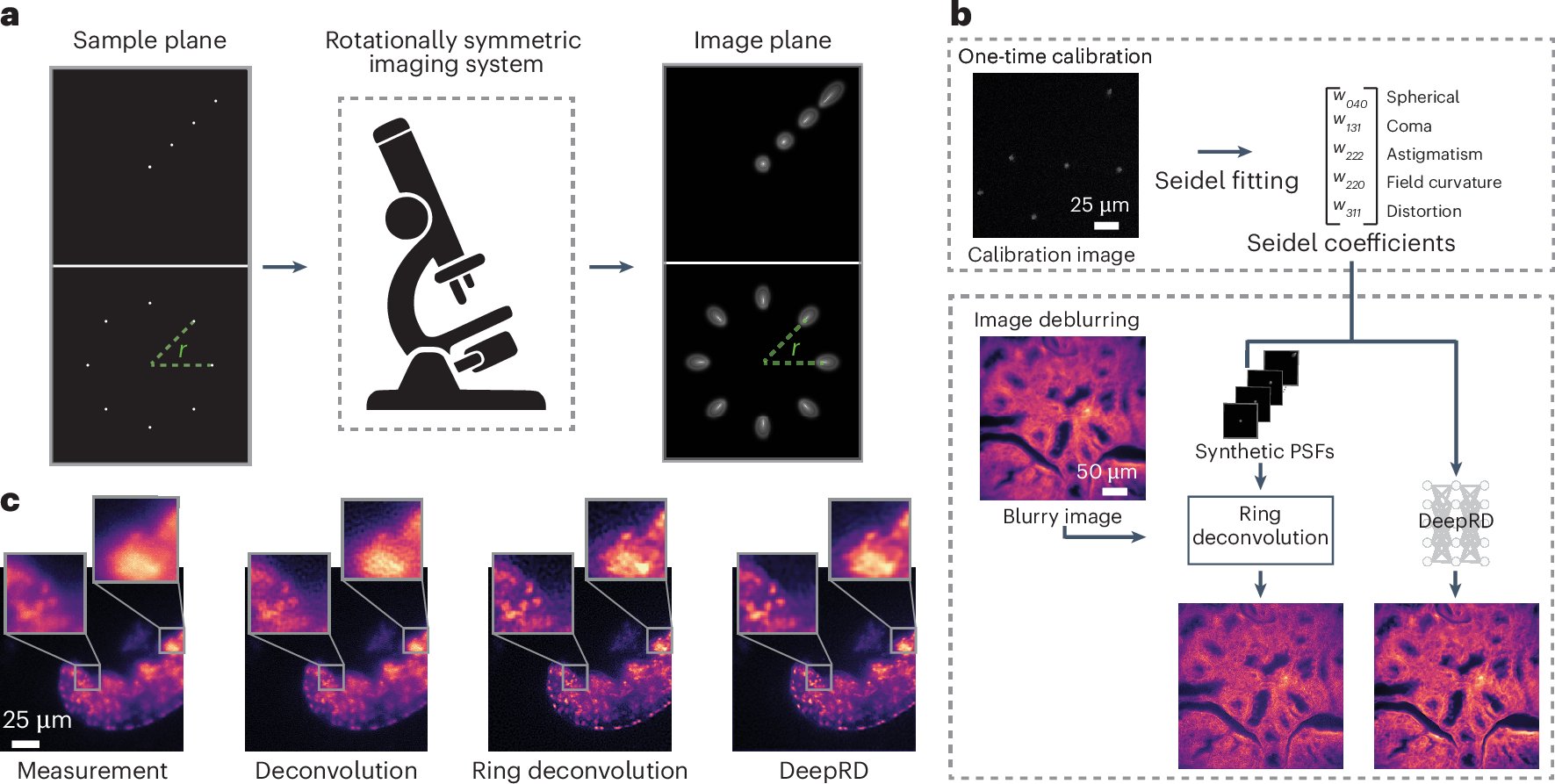
CZI Science
@cziscience
Science news and updates from the @ChanZuckerberg
🚨 Just dropped! GREmLN is a graph-based transformer model that uses the molecular logic of cells to enable insights into disease states. This nimble model accounts for causality + locality using gene regulatory networks📄 Read the preprint: bit.ly/44lLF8x
Hyperglycemia in pregnant parents can affect fetal brain development. @BhaduriLab , @PlathLab + Heather Christofk are researching how cells in the developing brain use energy and the impact of a parent’s high blood sugar on a baby's brain

“The neuron is the most basic unit of the nervous system, but we know surprisingly little about how it works!” @AdamEzraCohen is developing new tools to map electrical impulses in neurons, helping to reveal how cells interact as systems

“Single-cell methods in biology are at this point of democratization, which is really exciting.” @jonahcool on our effort to build high-quality, well-annotated datasets across tissues + states so more scientists have what they need to advance discovery bit.ly/3U31D1e

What if researchers made negative results as easy to find & share as positive ones? @dshugo’s Null Research Compass is an open, #AI tool doing just that—improving research transparency


Many negative research results never get published. @dshugo at CBMRT is tackling this issue with the Null Research Compass—an #OpenScience AI tool for exploring + publishing negative results
Just a casual convo about tennis, purpose and ending disease by the end of the century. Thanks to @ashleevance for the thoughtful conversation with our CEO! 🎾
And here we go, Dr. Priscilla Chan comes on the pod to discuss her life, tennis, and, oh yes, her attempt to end disease corememory.com/p/priscilla-ch…
Multiciliated cells on the epidermis of Xenopus tropicalis. 🟡 Yellow: acetylated α-tubulin, a cilia marker 🟢 Green: antibody labeling KANSL1 Guided by #CZBiohubSF Investigator @goodfrognosis, James Schmidt is exploring how this gene may shape cilia. biorxiv.org/content/10.110…

Chan Zuckerberg Initiative's AI Model Captures Gene Networks to Address Disease GREmLN leverages a graph-based architecture to represent gene-gene interactions to predict cell behavior for therapeutic applications @califano_lab @ChanZuckerberg #AI #RNAseq hubs.li/Q03wHVlJ0
GREmLN: A Cellular Regulatory Network-Aware Transcriptomics Foundation Model biorxiv.org/content/10.110… #biorxiv_bioinfo
Biology isn’t ordered like language, yet LLMs are being forced to fit biological data anyway. While language consists of long-range sequential information, biology consists of causal networks. Enzyme A reacts with substrate A to produce output B, and so forth. Researchers…
🚨 Just dropped! GREmLN is a graph-based transformer model that uses the molecular logic of cells to enable insights into disease states. This nimble model accounts for causality + locality using gene regulatory networks📄 Read the preprint: bit.ly/44lLF8x
A new Pediatric Center for CRISPR Cures builds on the recent saved life of Baby KJ, who expeditiously had bespoke base genome editing in the body. @Doudna_lab @ChanZuckerberg @UCSFMedicine @UCBerkeley
Big news: We’re proud to support the launch of the Center for Pediatric CRISPR Cures at @UCSF and @UCBerkeley which will bring personalized CRISPR cures to children with rare genetic diseases. 🔗 chanzuckerberg.com/newsroom/cente…
Traditional spatially varying deconvolution requires thousands of PSFs. Amit Kohli’s approach? Estimate aberrations using just one image—then leverage rotational symmetry to generate synthetic PSFs across the field. More from @Nature 🔽 bit.ly/3TqTbJb

Full videos from #SCSPAIExpo2025 just posted: Hear Shana Kelley on AI + discovery and Jonah Cool on building tools like the Billion Cells Project—recorded live at the AI + Expo.
"We've been in the data set generation business for quite a while—with CELLxGENE and now our Billion Cells Project—to enable the next set of breakthroughs with AI." #CZBiohubCHI President Shana Kelly shares how we’re tackling big questions in human health at #SCSPAIExpo2025
The availability of camera sensors that can respond quickly to changes in light has opened up exciting possibilities for microscopy💡 Rajesh Menon aims to combine these sensors with machine learning to create tech that can capture fine detail, color + motion in our cells

The number of molecules that can be studied simultaneously in fluorescence microscopy is limited. @BuccellaGroup is #ImagingTheFuture by using their unique vibrations to single them out + expand our ability to tag & track unique molecules in a living cell

.@suinleelab's work in explainable AI is providing a better understanding of the inner workings of deep neural networks that can be applied to new biological discoveries + insights from complex datasets 📸Mark Stone

“It’s going to be a very powerful tool for understanding what goes wrong in disease,” says @StephenQuake. “Our goal is to create computational tools so that cell biology goes from being 90% experimental and 10% computational to the other way around.” nature.com/articles/d4158…
Immune health as a metric? Lei + @TsangLab explore how AI + multiomics can detect subtle, pre-symptomatic shifts—opening the door to early intervention and resilience tracking. #CZBiohubNY @YaleMed doi.org/10.1146/annure…